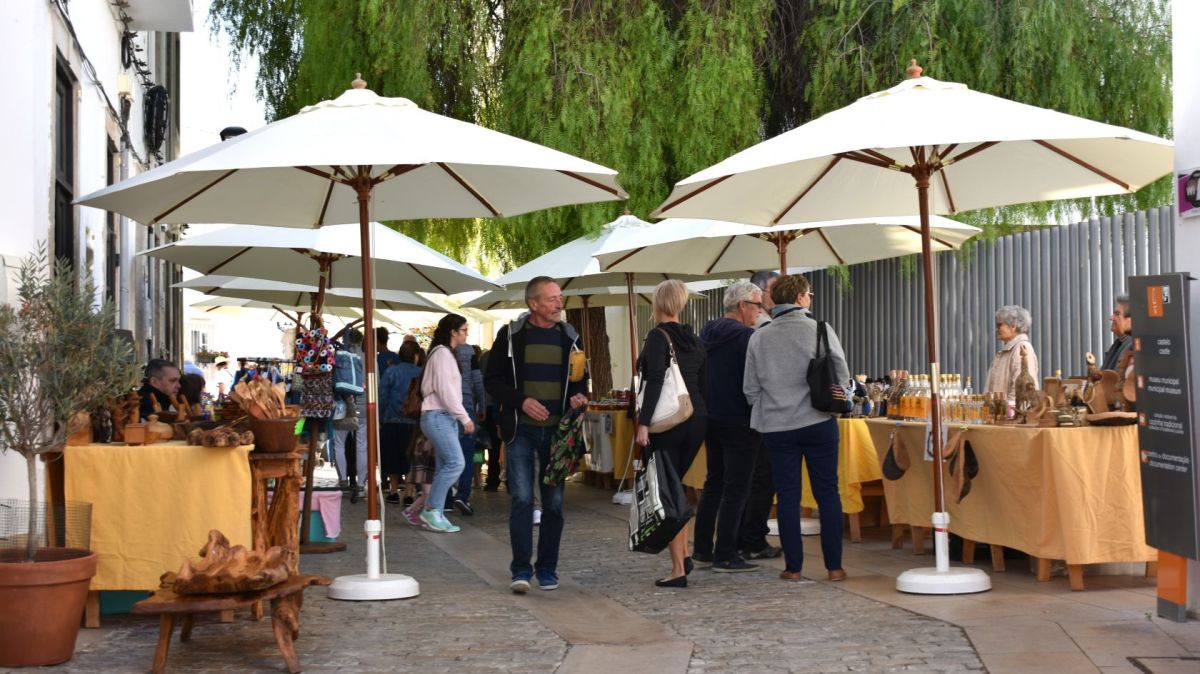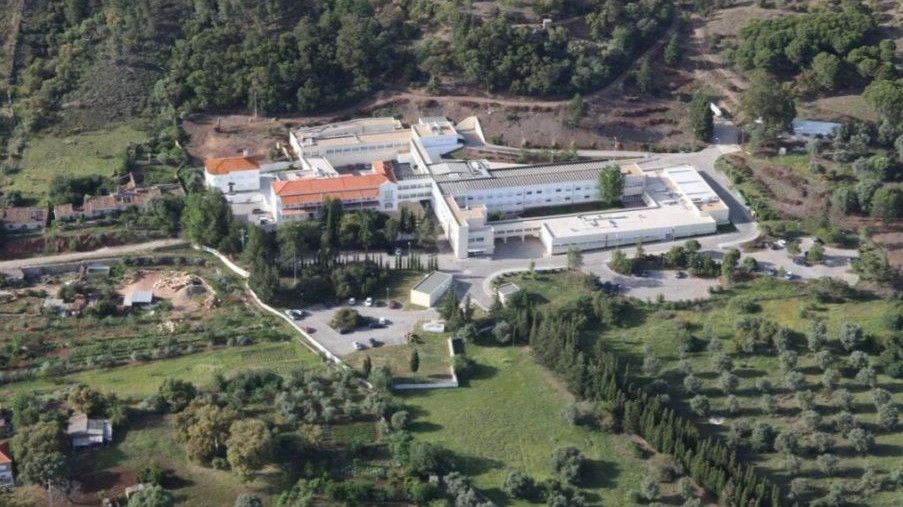The temple, about which little is known, dates back to the 1st to 4th centuries AD and was integrated into the Roman forum of ancient Ossónoba, the city's economic, political, and social center, said Felix Teichner of the University of Marburg.
According to the researcher, surveys conducted earlier this week in Largo da Sé—as part of a project involving the universities of Marburg and the Algarve—confirm the location previously suggested by archaeologists who excavated there in the middle of the last century, documented in photographs.
"[What was detected] is the corner of the temple. And it's visible in old photographs. In my youth, I worked in Évora, in front of the Temple of Diana, and this one is the same. We have the podium and the stairs there," he said, emphasizing that new technologies "are faster than excavation and don't destroy anything."
The surveys, conducted in collaboration with the Faro Municipal Museum, use geophysical equipment, namely ground-based radar, based on the sending and receiving of electromagnetic waves into the subsoil where the Roman building is buried.
Measuring the intensity of the refraction of these waves by the buried structures allows us to obtain a drawing of what the building looked like, whose base is relatively well preserved, with a view to defining the plan of the temple, whose façade, like the Cathedral, faced the Ria Formosa and the port of Ossónoba.
Thus, those arriving by sea quickly accessed the ancient Roman city square and temple, a common practice in port cities, where the main square was located near the harbour.
"This is another small fragment in the larger puzzle of Faro's urban archaeology," says Felix Teichner, emphasizing that interpreting the results will require a geophysicist, as archaeologists are often unable to do so.
When asked about the possible future of the site, Faro Municipal Museum archaeologist Nuno Teixeira emphasised that the goal, for now, is to map the structures, as any potential excavation must be preceded by a museum project.
Maria João Valente, assistant professor at the Faculty of Human and Social Sciences at the University of Algarve (Ualg) and a zooarchaeologist, also argues that, at this point, knowing what's there is more important than excavating the site, since deep excavation in an urban environment is "very complicated, expensive, and involves enormous population disturbance."
The director of the Faro Municipal Museum, Marco Lopes, has no doubt that without the partnership between the two universities, it would not have been possible to proceed with this type of underground exploration, since the University of Marburg provides the geophysical equipment.
"We couldn't fail to take advantage of [the partnership], from the outset, from the perspective of knowledge and the interpretation of the city in archaeological and heritage terms," she said, considering that these studies help complement "the vision of the urban organization of the Roman city."
The project, which runs until 2026, is funded by the Foundation for Science and Technology (FCT) and the German DAAD.














